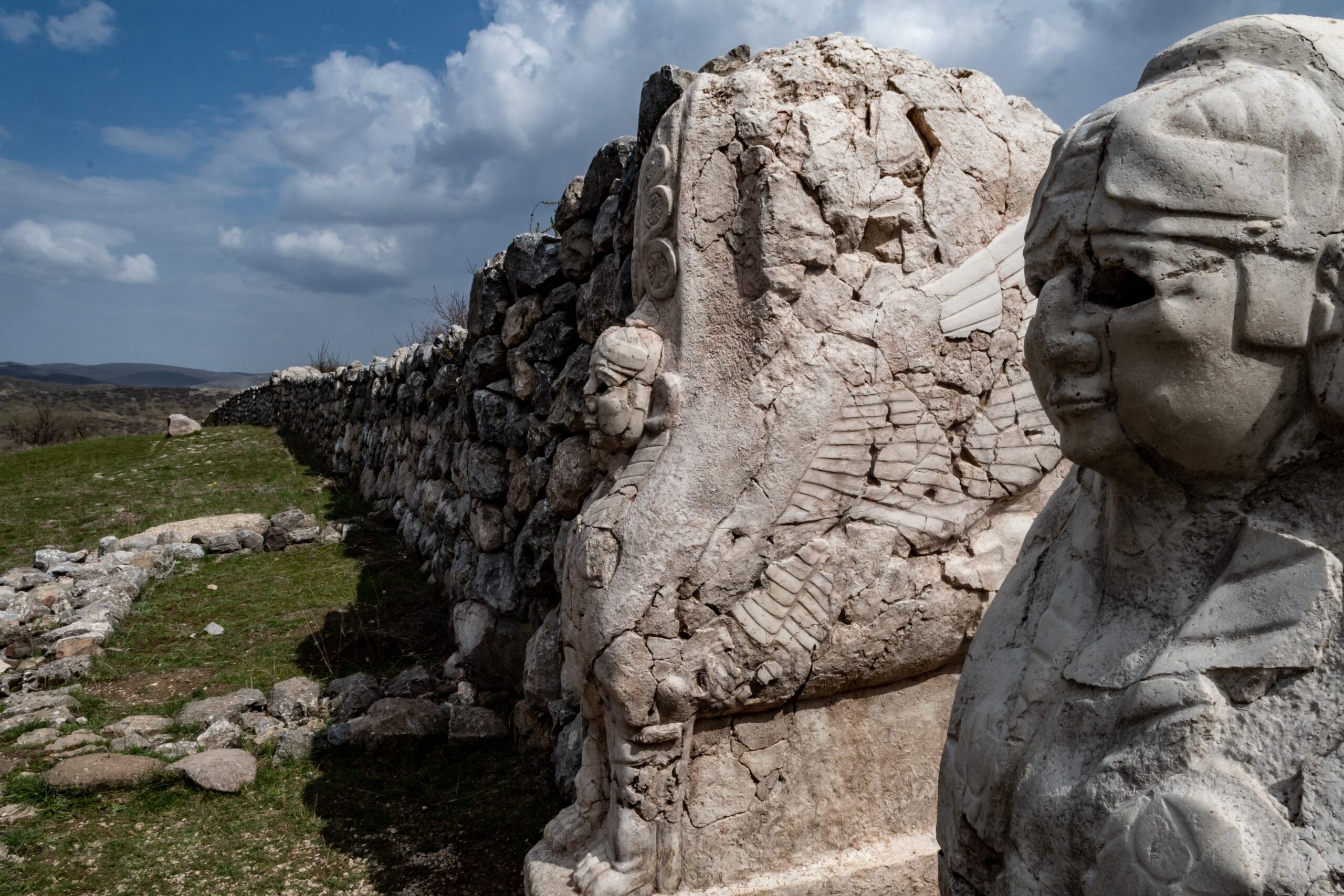
The remnants of ancient civilizations are scattered across the globe, hidden beneath jungles, deserts, and oceans. These civilizations, which laid the foundations for modern societies, are rich with secrets waiting to be unveiled. From the enigmatic hieroglyphs of Egypt to the astronomical achievements of the Maya, each discovery offers a glimpse into an alien and familiar world. By studying these ancient cultures, we can uncover the secrets of their knowledge, beliefs, and daily lives, shedding light on their contributions to human history and our place.
Uncovering the Secrets of Ancient Civilizations
Advanced Technologies and Innovations
Ancient civilizations were far more advanced than many might assume. The Greeks excelled in mechanical engineering, exemplified by the Antikythera mechanism, an ancient analog computer that predicted astronomical positions and eclipses for calendrical and astrological purposes. Similarly, the Romans developed concrete that is so durable that we still cannot replicate it today, and their road systems effectively connected the vast Roman Empire, enhancing trade and military movements.
In the Americas, the Maya were master astronomers, their observatories allowing them to predict solar eclipses and movements of the planets with astounding accuracy. These technological advancements challenge our understanding of ‘primitive’ and push us to recognize the sophistication and ingenuity of these ancient peoples.
Architectural Marvels
The architectural achievements of ancient civilizations often defy contemporary understanding. For instance, the Great Pyramid of Giza has long puzzled historians and engineers alike with its precision and scale. Constructed over 4,500 years ago, it remained the tallest artificial structure for millennia and represents the pinnacle of Egyptian pyramid construction.
Elsewhere, the Inca constructed Machu Picchu in the Andes Mountains of Peru, a stunning example of landscape engineering and architectural harmony. The seamless way the Incas integrated their structures into the mountainous terrain without using mortar is a testament to their advanced understanding of civil engineering.
Sophisticated Social Structures
Ancient civilizations possessed highly sophisticated social structures. The caste system of the Indus Valley Civilization, one of the world’s earliest urban cultures, demonstrates a complex societal hierarchy that facilitated the management of a densely populated region. In Mesopotamia, the cradle of civilization, the implementation of the first known set of laws, the Code of Hammurabi, illustrates the advanced state of societal governance, with stipulations that covered everything from property rights and contracts to family law.
Cultural Achievements
The cultural achievements of ancient civilizations are vast and varied. Egypt’s hieroglyphics and mythologies have captivated the world, embodying a culture deeply invested in the afterlife and spiritual management of the natural and supernatural worlds. The epic poetry of the Sumerians, such as the “Epic of Gilgamesh,” serves as a historical document and a literary masterpiece that offers insights into the values and aspirations of early Mesopotamian society.
In Asia, the Chinese developed a rich tapestry of philosophies and artistic traditions that continue to influence cultures worldwide. The Terracotta Army guarding the tomb of Qin Shi Huang reflects ancient China’s artistic sophistication and spiritual beliefs.
Linguistic Contributions
Many ancient civilizations have left behind languages and scripts that provide a direct line to their thoughts and histories. The decipherment of Egyptian hieroglyphs through the Rosetta Stone opened up vast archives of knowledge about ancient Egyptian life. Similarly, decoding Mayan glyphs has transformed our understanding of Mayan history, revealing their complex political systems and vibrant cultural events.
Environmental Adaptations
Ancient civilizations often showed remarkable adaptability to their environments. The Nazca Lines are massive geoglyphs carved into the desert of Peru. Suggest extensive knowledge of local geography and possibly serve astronomical or ceremonial purposes. Similarly, the sophisticated water management systems of the Nabataeans. Allowing them to thrive in the harsh desert environment of what is now Jordan, creating the fabled city of Petra.
Studying ancient civilizations is not merely an academic pursuit but a journey into the essence of human ingenuity and resilience. As we uncover more secrets from our ancient past. We understand these civilizations better and gain insights into our capabilities and potential. Each artifact, ruin, and manuscript offers a piece of a vast historical puzzle. As we piece together these elements, we not only reconstruct the past. But also lay a foundation for the future, inspired by the achievements and lessons of those who came before us. In exploring these ancient secrets, we find echoes of old voices and the enduring spirit of humanity.